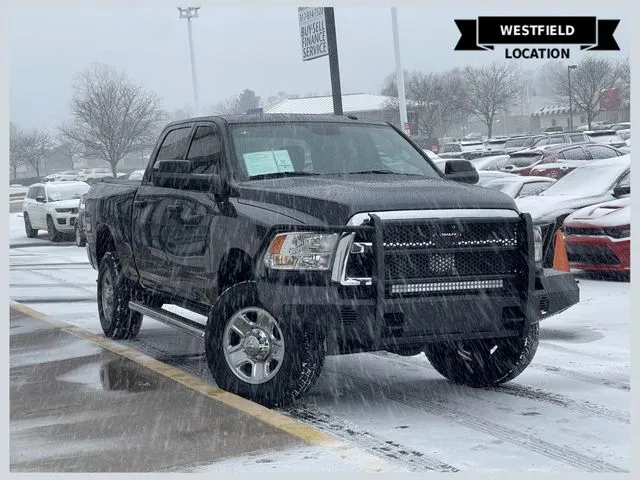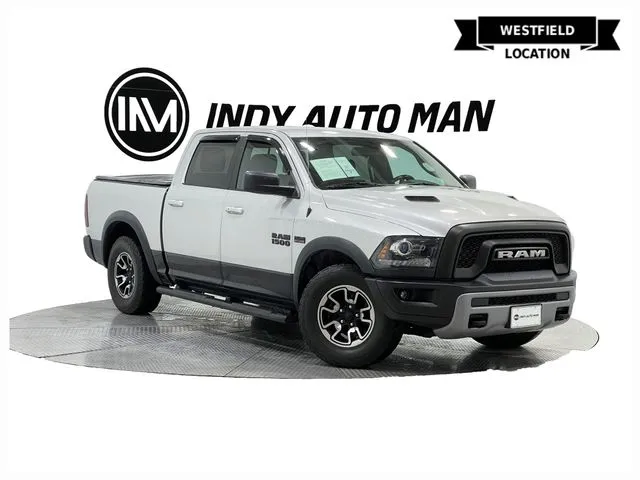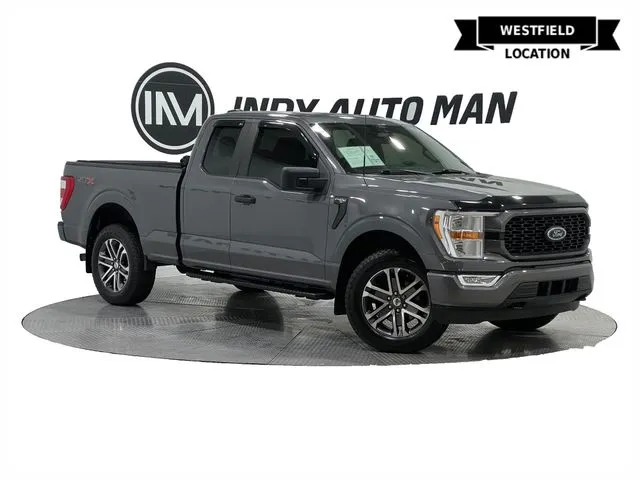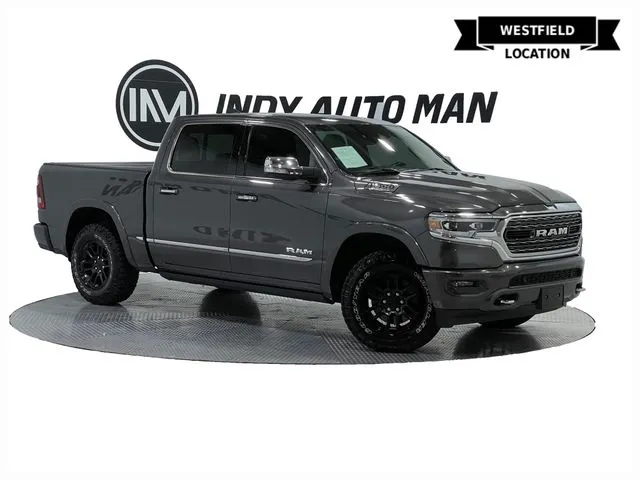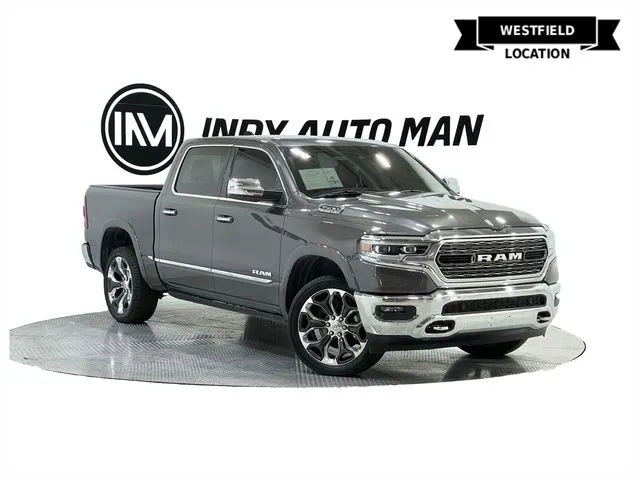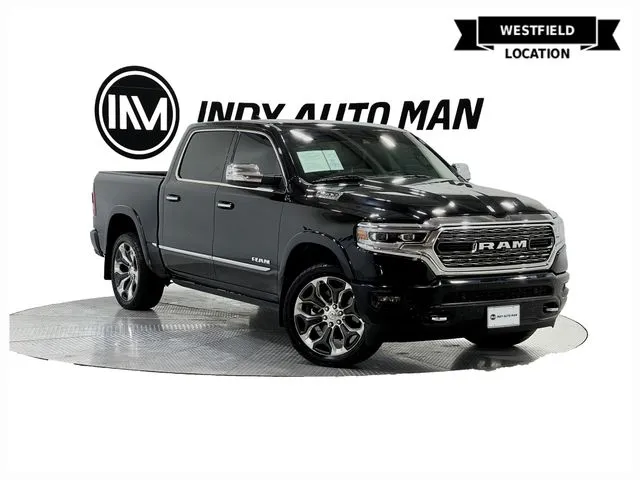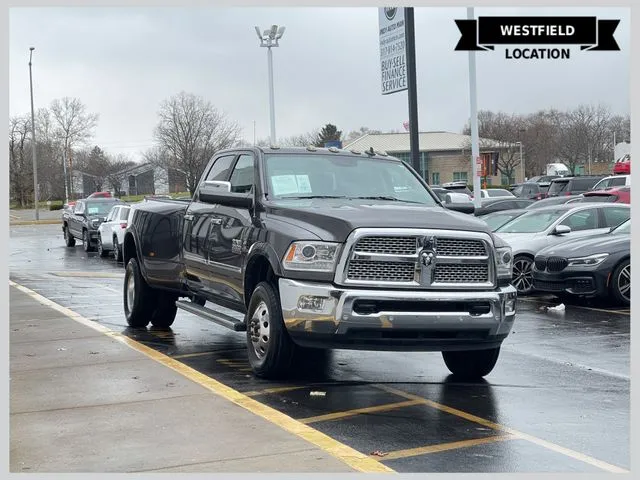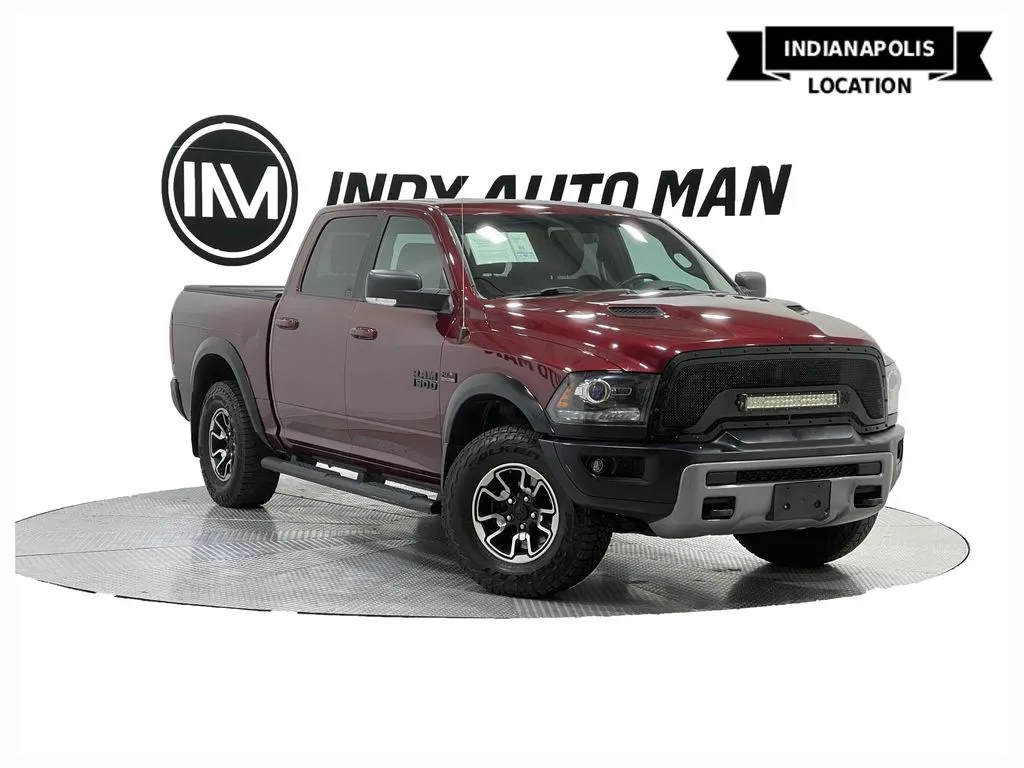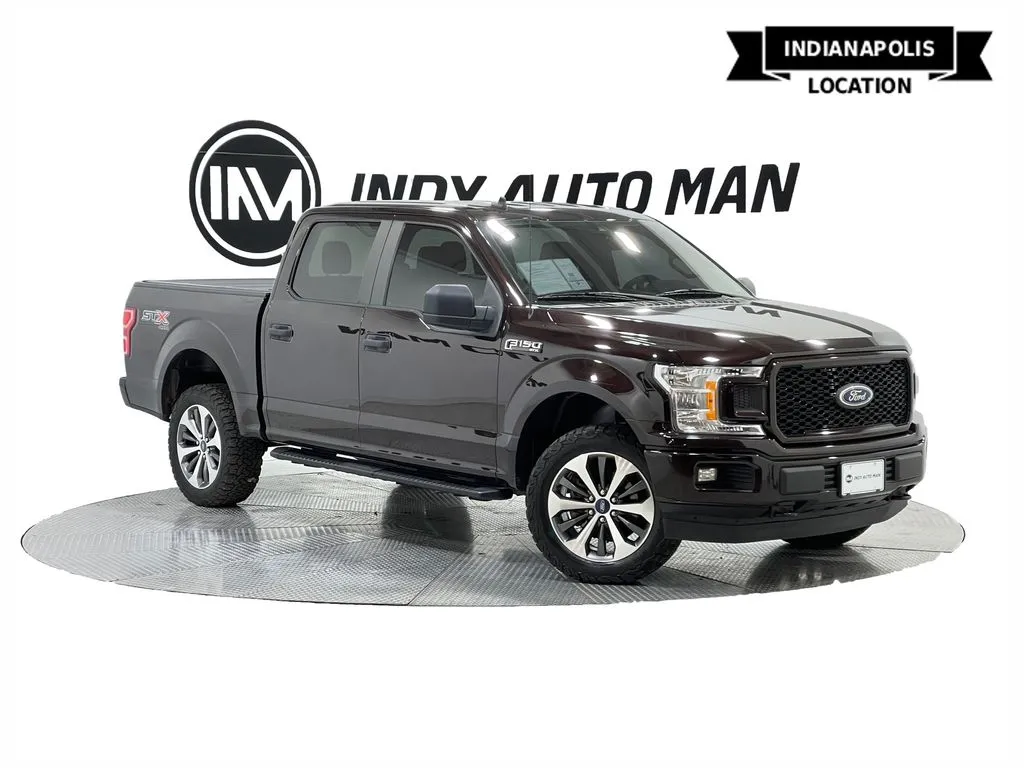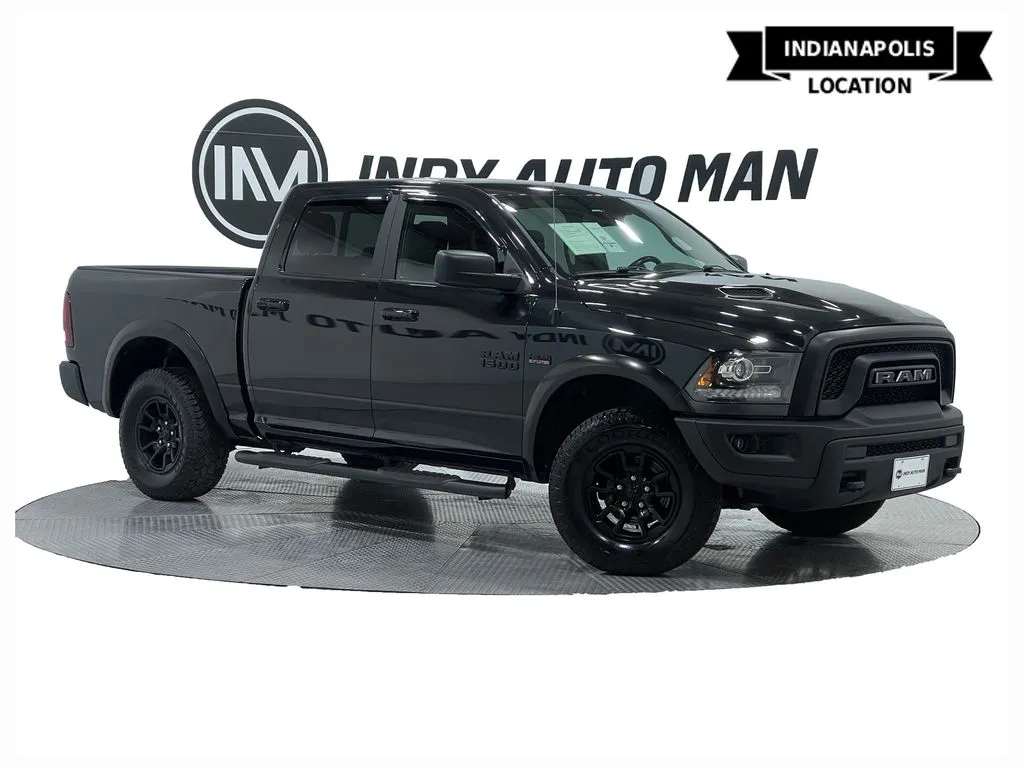What Is a Three-quarter Ton Truck? Choose Your Class of Pickups
Table of Contents
- What Does 3/4 Ton Truck Mean?
- What’s The Difference Between Half-Ton and Three-Quarter-Ton Trucks?
- What Indicators Determine The Maximum Load Capacity?
- How to Choose the Right Class of a Pickup Truck
- Engine size
- Body options
- Front Suspension
- Three-Quarter Pickup Trucks: Your Best Choice for Towing and Transportation

The terms half-ton, three-quarter ton, and one-ton are commonly used to describe pickup truck classes based on the amount of payload the truck can carry. Over time, load capacity has increased significantly, but the classification didn’t change much. For example, the RAM 1500 is considered a half-ton, the 2500 would be a 3/4 ton, and the 3500 - a one-ton truck.
So, what does a ¾ ton truck mean in modern classification? Our Indiana dealer center prepared a comprehensive overview of this class.
What Does 3/4 Ton Truck Mean?
Today, the Federal Highway Administration (FHWA) breaks all trucks into classes according to a Gross Vehicle Weight Rating:
- Class 1 pickups—up to 6,000 pounds—most of the midsize class pickups such as Chevy Colorado and GMC Canyon;
- Class 2A—6,001 to 8,500 pounds—1/5 ton trucks including Ford F150, Chevy 1500, RAM 1500;
- Class 2B—8,501 to 10,000 pounds—¾ ton pickups like Ford F250, Chevy 2500, RAM 2500;
- Class 3 - 10,001 to 14,000 pounds - 1-ton trucks, for example, GMC Sierra 3500, RAM 3500, and Ford F350.
So, by definition, a ¾-ton truck is a pickup with a GVWR between 8,501 and 10,000 pounds. But based on the documentation, provided by the manufactures and carefully collected by Indy Auto Man car dealer experts, these vehicles can carry much more than ¾ ton (1500 pounds), offering a payload capacity of over 4,000 pounds, as well as increased towing capability. That is why ¾ ton trucks are referred to as heavy-duty and include all full-size models that fall in between light-duty and the heaviest pickups.
Check also the explanation of SUV and Truck difference here.
What’s The Difference Between Half-Ton and Three-Quarter-Ton Trucks?
What Indicators Determine The Maximum Load Capacity?
A pickup truck's ability to carry a heavy load depends on several criteria, such as:
- engine size,
- chassis strength,
- suspension and brake quality.
The 3/4-ton pickup trucks often share drivetrain, chassis, and even cabs with their one-ton counterparts. However, their chassis offers a better ride and the suspension is lighter-duty.
How to Choose the Right Class of a Pickup Truck
To make your decision more informative, we offer a detailed explanation of class differences on the example of one of the most popular and best-selling pickups—Ford F-Series.

Engine size
The engine power increases with the model number (150-250-350). The 2021 Ford F-150 has a plethora of engine options:
- 3.3L EcoBoost V6;
- 2.7L EcoBoost V6;
- 5.0 TI-VCT V8;
- 3.5L Ti-VCT V6 twin-turbo, and one paired with an electric motor.
Each of these engines has different power and torque. The lowest engine starts at 290 hp, 2,655 lb-ft, while the highest is a hybrid engine that makes up to 430 hp and 570 lb-ft of torque.
Both the 2021 Ford F-250 and the 2021 Ford F-350 are considered heavy-duty, and engine options are limited to two for both trucks:
- 6.2-liter two-valve V8 petrol engine, 385hp, 405 lb-ft;
- 6.7-liter turbocharged V8 diesel engine with Power Stroke, 440 hp, 860 lb-ft. torque.
The F-350 has also the most powerful 7.3L V8 petrol engine.
Body options
Truck body options will be slightly different:
- The F150 trucks are available in short, standard, or long beds.
- The F250 and F350 trucks have a standard-size body slightly larger than the standard one offered in the F150 series.
Front Suspension
The front suspensions of the F-150 and Super Duty trucks differ in their type:
- The half-ton trucks use independent front suspension.
- The three-quarter and one-ton trucks are equipped with a rigid front axle.
The core difference between an independent front suspension of the F-150 and a solid front axle of Heavy-Duty models is that, in the first case, the front tires move independently. This feature makes the F-150 trucks more comfortable and better suited for driving on Indianapolis streets as well as off-road.
Front axle rigid suspension systems are more durable and easier to repair as they have fewer moving parts. A strong front axle is usually made of iron rather than aluminum and can be steered easily, making this system the best for towing.
Three-Quarter Pickup Trucks: Your Best Choice for Towing and Transportation

Most people can meet all their transportation needs with a half-ton pickup truck like the Ford F-150. About half a ton (1100 pounds) is all you need to get your day-to-day work done, whether it's towing a camper van or hauling construction debris. But if you have tasks for a more mighty vehicle, three-quarter-ton pickups are your choice.
The Ford F-350 will be your best option if you regularly haul heavy trailers such as tractor units or flex neck trailers. The F-350 also comes in dual-rear-wheel configurations, which have the advantage of greater maximum towing and payload capacity than single-rear-wheel ones.
The difference in size and legroom between the F-250 and F-350 is negligible, so if you don't plan on making the most of Super Duty towing capacity, you should opt for the 3/4-ton F-250, which is more economical than the 1-ton F-350.
Visit Indy Auto Man to compare trucks of different classes side by side and feel the difference in driving experience on Indianapolis streets and off-road.

